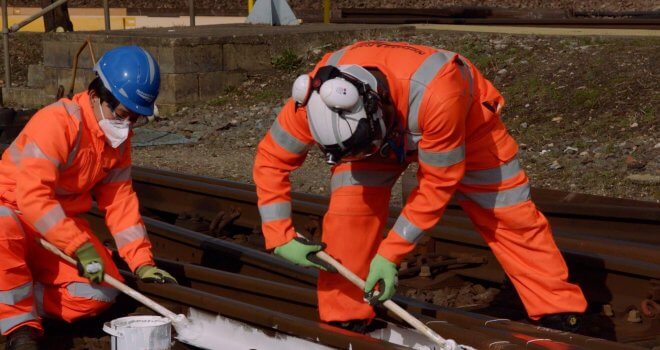Construction Sector Grows As Housebuilding Ramps Up

The construction sector continued to grow in November as housebuilding expanded and new orders increased, according to new data.
The closely-followed IHS Markit/CIPS purchasing managers index (PMI) recorded a score of 54.7 in November, up from 53.1 in October. Anything above 50 is seen as a sector in growth.
Managers in the sector said new order volumes grew at their fastest pace for more than six years as confidence for a post-Covid recovery gained ground.
However, levels are not at the same peaks seen during the summer as pent-up demand saw a significant surge.
Construction companies said house building was the best-performing area in November, whilst civil engineering returned to growth, having contracted last month.
Commercial construction on offices and retail locations grew but only marginally, the survey found, and at the slowest rate for six months.
Increased workloads also helped boost business and there was a rising demand for construction products and materials, although this placed pressure on supply chains.
Tim Moore, economics director at IHS Markit, which compiles the survey, said: “UK construction output stayed on a recovery path in November and there were signs that the main growth driver has transitioned from catch-up work to new projects.
“Supply chain challenges remain on the horizon, as signalled by another sharp lengthening of lead times for construction products and materials.
“Transport delays and low stocks among suppliers were reported by construction firms in November, which led to the fastest increase in purchasing costs for over one-and-a-half years.”
Input costs increased at the fastest rate in 19 months amid stretched supply across the sector, with construction firms seeing particularly sharp rises in timber prices, the survey found.
Jobs in the sector continued to fall, but at the slowest rate since February as companies looked to reduce headcounts, despite the rise in new business.
Duncan Brock, group director at the Chartered Institute of Procurement & Supply (CIPS), said: “The energy behind this success was primarily the housing sector as sales remained buoyed by consumers rushing to meet the stamp duty relief deadline less than four months away and a rise in home improvement projects for locked down citizens.
“Despite this accelerated improvement overall, the employment picture remained cheerless.
“In a bid to dampen down the effects of the sharpest rise in input costs since April 2019, builders were reducing headcounts to keep their own heads above water, leading to another fall in job numbers.
“As more work fills the sector’s pipelines, the necessity to recruit is likely to become more urgent, and the shortfall could be reversed barring further disruption.”




